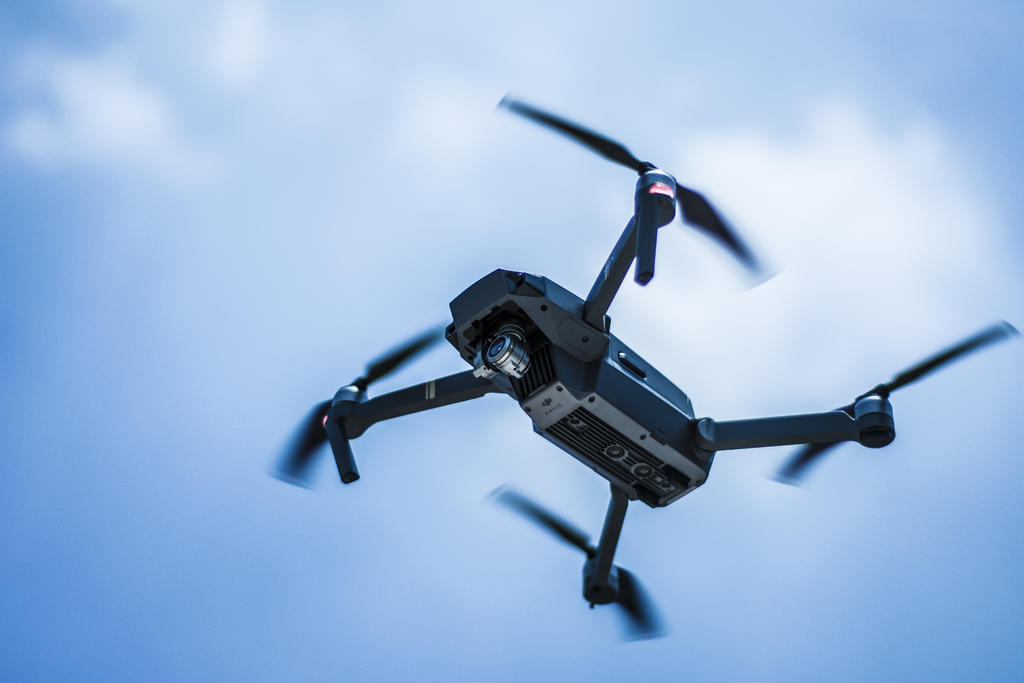The Technical Definition of Drones
At a technical level, drones can be defined as flying robots. Equipped with sensors, GPS coordinates, and various technologies, drones function without the need for a human pilot onboard. Typically powered by batteries or fuel, these machines are designed to perform tasks from surveillance to package delivery. Understanding drones requires an appreciation of their evolving capabilities and diverse applications.

The Evolution and Popularization of Drones
Drones have undergone significant transformations since their inception. Initially deployed by the military for reconnaissance roles and tactical operations, they now serve commercial industries. From aerial photography capturing stunning vistas to precision agriculture aiding farmers, the applications are numerous. Furthermore, drones are integral to endangered wildlife monitoring, assisting conservation efforts by providing comprehensive geographical surveys.
Significant Applications and Versatility
In the business domain, drones have revolutionized logistics and distribution. Retail giants are exploring drone delivery systems to optimize time and cost efficiency. In filmmaking, drones offer unique perspectives, allowing directors to capture sequences that traditional equipment cannot. Moreover, emergency response teams utilize drones for rapid assessments during natural disasters, providing critical data to navigate challenges.
Challenges and Ethical Considerations
Despite impressive advancements, drones are not without their challenges. Regulations governing drone usage are complex and vary by region, posing challenges for operators. Privacy concerns arise as drones become common, with potential risks of surveillance misuse. Societal adaptation necessitates robust legal frameworks addressing these challenges, ensuring that drones’ benefits outweigh risks.
Ethically, it’s imperative to evaluate the implications of drone technology. The balance between beneficial applications and potential invasions of privacy must be diligently managed. Drone developers and policymakers tirelessly work toward frameworks that ensure responsible usage, safeguarding individual rights and promoting technological progress.
The Future of Drone Technology

As technology advances, the drone industry is poised for transformational growth. Innovations like delivery via automated drone networks and drone taxis suggest possibilities once deemed science fiction are edging closer to reality. In research and development, AI integration promises enhanced autonomous operations, making drones smarter and more efficient.
FAQs on Drone Usage
What distinguishes drones from other flying machines? Drones’ autonomous capabilities and non-reliance on onboard pilots differentiate them from conventional aircraft, coupled with their ability to perform specialized tasks remotely.
Are drones safe to use? Safety significantly depends on adherence to regulatory standards. Proper training, maintenance, and compliance with laws contribute to safe and effective drone usage.
How can drones impact daily life? The impact ranges from enhancing convenience through deliveries to boosting productivity in sectors such as agriculture and filmmaking, proving their versatile applications.
In summary, understanding the definition of drones reveals a multi-dimensional technology rapidly reshaping various aspects of modern life. As the balance between innovation and regulation evolves, drones are set to become commonplace, further enhancing how communities operate globally.